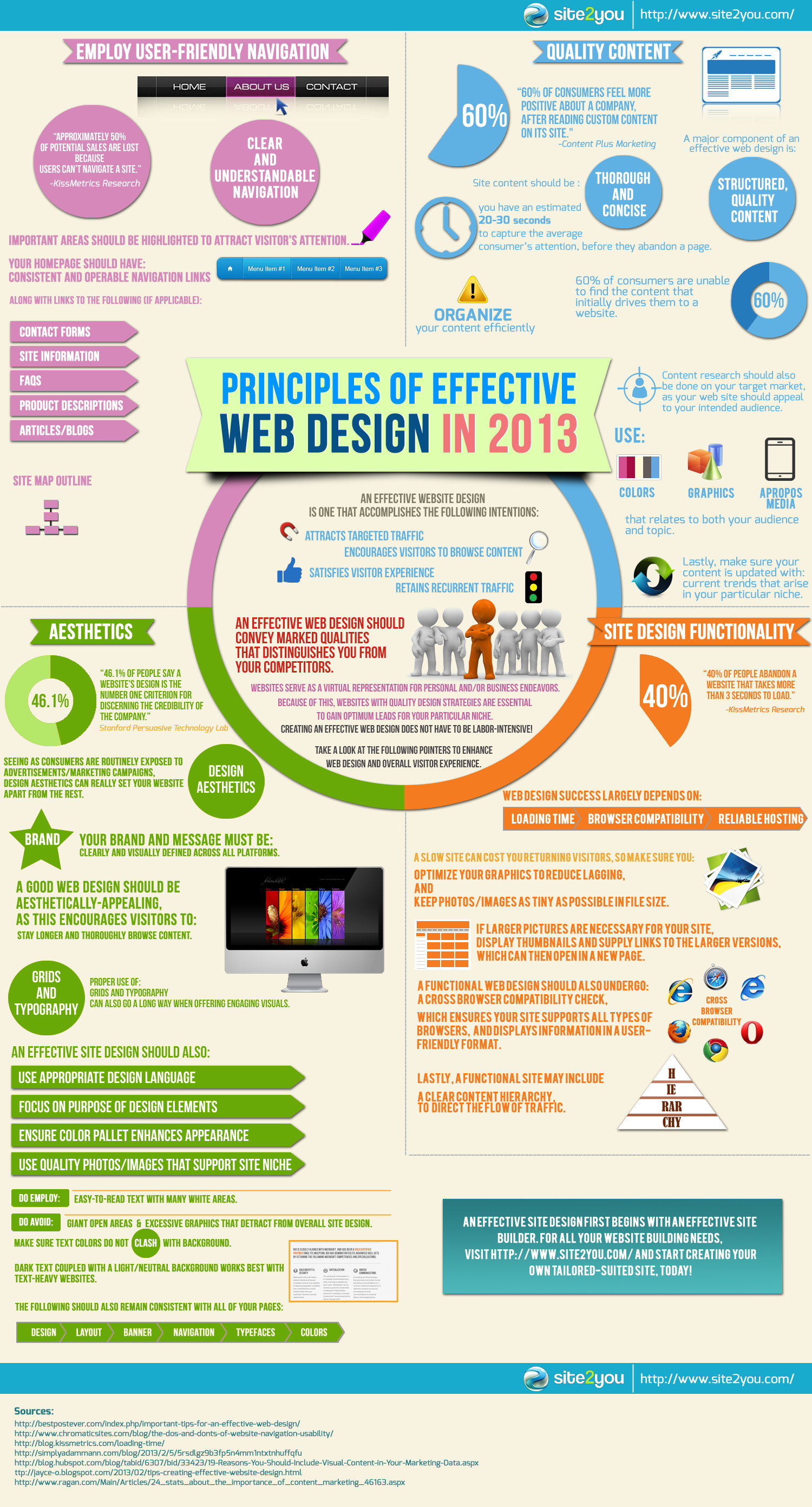Internet Site Design Fundamentals: Tips For Building A User-Friendly Site
Internet Site Design Fundamentals: Tips For Building A User-Friendly Site
Blog Article
Writer-Le Secher
When it pertains to site style, making sure user-friendliness is key. From responsive style to structured navigation, every aspect plays a critical role in developing a site that satisfies your audience's needs. Yet what regarding the better information that can make or break an individual's browsing experience? Keep tuned as Digital Marketing Agency Values uncover some often-overlooked ideas that can raise your internet site's usability to the following degree, making it absolutely stand apart in the electronic landscape.
Importance of Responsive Design
Responsive layout is a critical facet of contemporary site development. Ensuring your internet site is responsive means that it can adapt to various display sizes and tools, giving a seamless experience for users.
With the increasing use of mobile phones and tablets to access the net, having a receptive style is important for reaching a bigger target market. It assists in enhancing customer experience by making your internet site very easy to browse and continue reading any type of tool.
In addition, receptive design can favorably impact your search engine rankings, as search engines like Google prioritize mobile-friendly websites. By having a receptive layout, you're also future-proofing your site, as brand-new devices with varying screen dimensions continue to emerge.
Simplify Navigating Structure
To boost individual experience and promote easy accessibility to information on your internet site, enhancing the navigating structure is extremely important. When designing your website, focus on producing a clear and intuitive navigation menu that helps site visitors find what they're looking for quickly.
Restriction the variety of food selection products to the essentials, organizing related pages with each other to prevent frustrating individuals. Usage descriptive labels that plainly show the content of each page, making it much easier for users to understand where each web link will take them.
Consider implementing dropdown food selections for subcategories to stop cluttering the main navigating bar. Furthermore, consist of a search bar prominently on the web page for customers who choose looking for details info.
look at this now on mobile responsiveness in your navigating style to make certain easy accessibility on all tools.
Maximize Page Load Rate
Improving page lots speed is vital for maintaining site visitors on your site. Slow-loading web pages irritate individuals and can lead to high bounce rates. To enhance web page lots rate, begin by enhancing images. Press photos without jeopardizing top quality to minimize their data sizes.
Furthermore, enable web browser caching to keep frequently accessed resources locally, quickening lots times for returning visitors. Minify CSS, JavaScript, and HTML files by getting rid of unnecessary characters, remarks, and format, improving load rate.
Take into consideration utilizing a material shipment network (CDN) to disperse your website's content throughout numerous servers worldwide, lowering latency for customers accessing your website from different areas. Lastly, limit using third-party manuscripts and plugins, as they can substantially influence lots times.
Final thought
In conclusion, by incorporating receptive design, streamlining navigation, and enhancing web page lots speed, you can produce an user-friendly internet site that appeals to a broader audience and improves customer experience. These essential elements make sure that site visitors can easily gain access to and browse your site across various tools, bring about boosted interaction and fulfillment. By focusing on these key elements, you can build an effective site that maintains customers coming back for even more.
